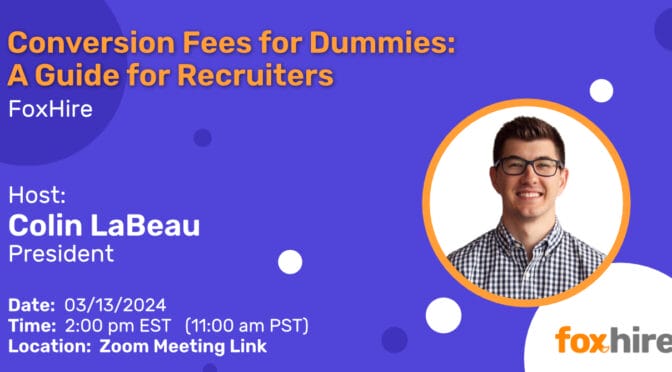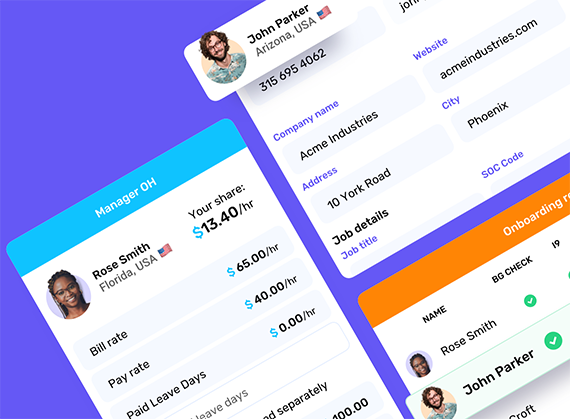Business owners worldwide use contingent workforce management, especially when their staff lacks a specific skill set. Contract staffing as a trend has been on the rise for the past several years, with high-profile companies like Google leading the way. It’s a simple business strategy to hire workers on a contract basis. This approach allows companies to diversify their services and team temporarily while sticking to a budget.
Contingent workforce management takes this idea to a new level thanks to the help of contract staffing firms and employers of record (EORs). These firms manage an entire pool of temporary, contract-based workers available to businesses in need of specific skills when they need them.
Benefits of Contract Staffing
Let’s take Google as an example. As the above-linked article mentions, Google employs more temporary contract workers than full-time employees. Why do they do this? The short answer is to save money. When companies use contract staffing, they don’t have to pay those employees full-time salary wages, which tend to be higher. Plus, contract workers don’t always receive full-time benefits, like paid vacation, sick leave, and other office perks.
While saving money on staff, companies can focus their resources on growing profits and investing in new endeavors to attract clients and build internal systems. When a skill is needed, they consult a contract staffing firm to inquire about hiring a contingent workforce. When the job is done, that temporary crew is no longer employed.
How Contingent Workforce Management Works
How do companies get around obligations like administrative, financial, and legal matters? Usually, companies outsource contingent workforce management to contract staffing firms, or an Employer of Record like FoxHire. These firms do the work for you, and you relax with the benefits. They handle the entire employment process and back office so that those companies can focus on what they do best.
The financial benefits of temporary workers are appealing, but you don’t want to make a mess of the situation like Google did. Learn from their mistakes and make sure your company uses a firm that can support your temporary staff. By doing this companies can outsource time-consuming duties that fall under a typical HR position, like administrative, financial, legal, and insurance.
Financial
Employer of Record service providers like FoxHire can manage all financial tasks associated with staffing needs. These include payroll funding and processing, plus managing taxes. Duties that fall under this category include direct deposits, pay per diem, depositing and filing payroll, unemployment taxes, collections, etc.
Administrative
For administrative tasks, you can use HR professionals at EORs to help your business with all employee onboarding. Onboarding is a time-consuming job, so it’s beneficial for companies to outsource this duty to the same firm that recruits their contingent workforce. These duties include any paperwork, such as background checks, drug screening, and fingerprints, plus W-2s, payroll support, and unemployment claims. They can also assist with timesheets, benefits, workers’ compensation claims, and terminations.
Legal
Hiring a legal department at your company will be expensive. EORs also provide legal support, such as handling client and employee contracts, immigration forms, and DOL and per diem regulations. They can also help to ensure IRS compliance.
Insurance
Insurance alone is a massive task for businesses and can be a big headache. EORs like FoxHire support companies with insurance tasks, such as health benefits and workers’ compensation. They also assist with ACA and COBRA compliance.
Is Contingent Workforce Management Right for You?
Those who benefit the most from the use of a contingent workforce are companies with sporadic needs in their staffing, or those wanting to save money by avoiding costly full-time employee benefits, legal staffing, and HR needs. Just be sure to use a reputable contract staffing firm, like FoxHire, to ensure all obligatory paperwork and staff support are completed and available.





